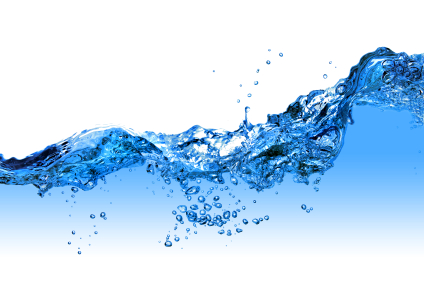
Fresh water is a precious resource. Even though Canada seems to have ample supplies, it accounts for only 7% of the planet’s renewable fresh water reserves. And just because those reserves are renewable, it doesn’t mean they’ll last forever. If we want our children, grandchildren and future generations to be able to benefit from this natural wealth, each of us has to do our share.
At home, there are many actions you can take to reduce how much water you use.
Indoors
The bathroom is the place in the home where the most water is used. Taking showers or baths and flushing toilets account for 65% of our consumption. It’s easy to cut down the quantity of water used in the bathroom by following these tips:
- Take showers instead of baths. A quick shower uses 50% less hot water, saving on both water and electricity!
- Turn the tap off while you’re brushing your teeth or shaving.
- Repair dripping faucets, which can waste up to 9,000 litres of water … in a single year!
- Don’t use the toilet bowl as a garbage disposal. Facial tissues, cigarettes and other debris should never be thrown into the toilet.
- Install a low-flow shower head.
- Place a bottle filled with water in the toilet tank to reduce the volume of water used for each flush.
- When replacing a toilet, opt for a model that uses only 6 litres per flush.
Kitchens are also culprits when it comes to wasting water. Consider these steps to reduce your consumption:
- Keep a jug of water in the fridge instead of letting the tap run until the water gets cold.
- Wash fruits and vegetables in a bowl or sink filled with water.
- Run the dishwasher only when it’s full.
- Let saucepans soak before washing them by hand.
- Install a low-flow tap aerator.
Outdoors
Sometimes it doesn’t take much to make a big difference. Saving fresh water outdoors is easy if you change a few of your habits.
- Water plants less often. Studies have shown that 50% of the water used for the lawn and outdoor plants is wasted. Plant material needs only about 2 to 3 cm of water per week.
- Spread a 5 to 7 cm layer of organic mulch in your flowerbeds. The soil will remain more humid, requiring less watering.
- Set up a barrel under the eavestrough downspouts to recover rainwater, which is the best water for plants.
- Start grasscycling. By leaving your grass clippings on the ground after mowing your lawn, you’ll enable the ground to retain much of its humidity and provide 30% of its essential minerals.
- Don’t use a sprayer to clean up the yard. A good broom will do the job just fine!
Every Canadian uses an average of 329 litres of water every day but that quantity can be reduced considerably by avoiding waste. If you’d like to determine your actual water consumption, use the water use calculator from Environment Canada.
